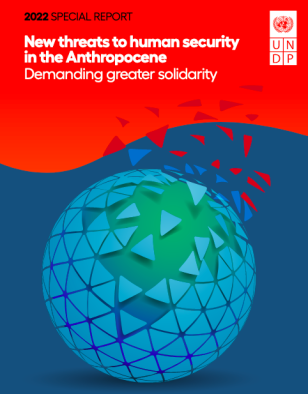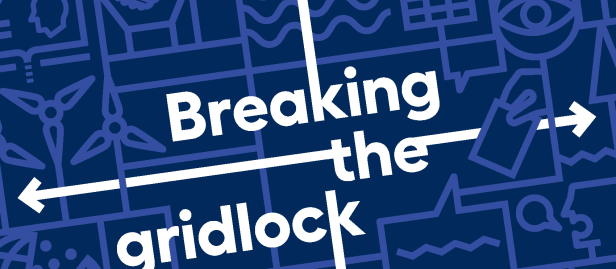New threats to human security in the Anthropocene
New threats to human security in the Anthropocene
February 8, 2022
As the Covid-19 pandemic got under way, the world had been reaching unprecedented heights on the Human Development Index (HDI). People were, on average, living healthier, wealthier and better lives for longer than ever. But under the surface a growing sense of insecurity had been taking root. An estimated six of every seven people across the world already felt insecure in the years leading up to the pandemic. And this feeling of insecurity was not only high—it had been growing in most countries with data, including a surge in some countries with the highest HDI values.
Part I of the Report shows how the human security concept helps identify blind spots when development is assessed simply by measuring achievements in wellbeing and suggests ways to enrich the human security frame to account for the unprecedented challenges of the Anthropocene context.
Part II discusses four threats to human security that are superimposed on the Anthropocene context (figure 3): the downsides of digital technology, violent conflict, horizontal inequalities, and evolving challenges to healthcare systems. While the underlying challenge of each threat taken individually is not new, the threats are novel in the expression that they acquire in the Anthropocene context and their interlinked nature, which has been building over time. Current development journeys have often missed that point, focusing on addressing problems in silos when designing or evaluating policy.

 Locations
Locations





